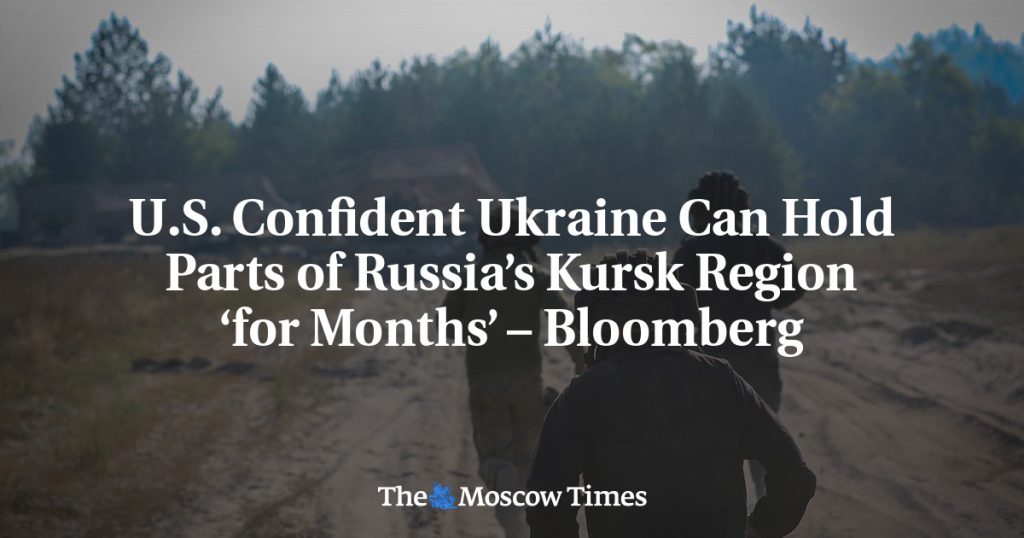Ukrainian forces have successfully captured territory in Russia’s Kursk region and are expected to hold onto it for several months or longer, according to a U.S. assessment shared by senior American officials. The offensive into the border region began on Aug. 6, with Ukraine claiming control of 100 settlements and almost 1,300 square kilometers of territory. Russia has reportedly reclaimed some villages but has not launched significant counterattacks. There is uncertainty whether Russia will retake the territories by force or if negotiations will lead to their return.
The U.S. officials cited in the Bloomberg report noted that Russia’s focus on advancing in eastern Ukraine has allowed Kyiv to deliver supplies to the captured Kursk area. There are concerns about the potential costs of the incursion, but Ukraine’s President Volodymyr Zelensky has suggested that the captured territories could be used as leverage in negotiations with Russia. The goal of the Ukrainian offensive was to divert Moscow’s forces from eastern Ukraine, but this objective has not been fully realized. Additionally, Ukraine aims to establish a buffer zone to prevent shelling of its border areas.
The situation in Ukraine has escalated following the incursion into the Kursk region, with Russia now abandoning peace talks and seemingly seeking to destroy the Ukrainian state. The largest offensive by a foreign army on Russian soil since World War II has raised tensions between the two countries. The Kyiv government’s actions have been met with a limited response from Moscow, which has focused on other regions of Ukraine. The conflict has the potential to lead to negotiations or further military action, with the outcome uncertain at this stage.
The complexities of the situation in Ukraine have led to uncertainty about the eventual outcome of the captured territories in the Kursk region. While Ukrainian forces have made significant gains, there is a question of whether they can hold onto these territories in the face of potential Russian counterattacks. The delivery of supplies to the captured area is crucial for maintaining Ukrainian control, but the overall situation remains fluid. President Zelensky’s strategy of using captured territories as leverage in negotiations adds another layer of complexity to the conflict.
The ongoing conflict in Ukraine, exacerbated by the incursion into the Kursk region, has further strained relations between Kyiv and Moscow. The failure to divert Russian forces from eastern Ukraine and the limited counterattacks from Russia have shaped the current dynamics of the conflict. The buffer zone created by the Ukrainian offensive is intended to protect border areas from shelling, highlighting the defensive nature of Kyiv’s actions. The uncertain future of the captured territories adds to the complexities of the conflict and raises questions about the potential for resolution through negotiations or continued military action.
The challenges faced by Ukraine in maintaining control of captured territories in the Kursk region underscore the broader geopolitical tensions between Russia and Ukraine. The implications of the conflict extend beyond the borders of the two countries, with the potential for regional and global repercussions. The role of the international community in mediating the conflict and supporting Ukraine’s sovereignty is crucial in determining the eventual outcome. The efforts of independent journalists in reporting on the conflict amidst repression by Russian authorities highlight the importance of open and unbiased journalism in times of crisis.


